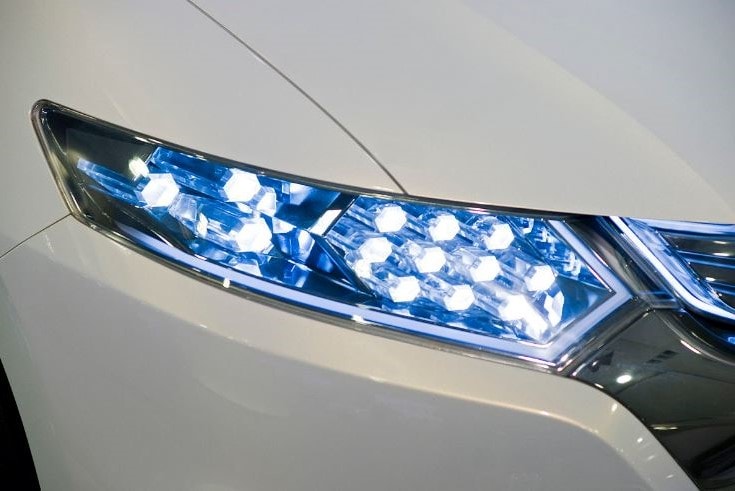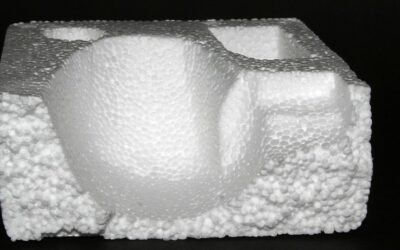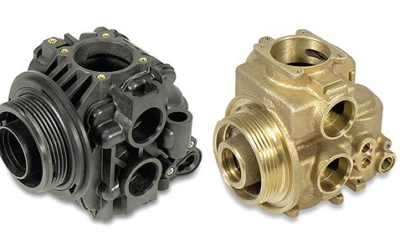The SABIC portfolio of LEXAN ™ super high flow polycarbonate (PC) resins for automotive lighting bezels enables the industry to create complex geometries and integrate more features never before possible with ease of manufacture.
The trend toward the development of complex and intricate automotive lighting designs using light-emitting diodes (LEDs) has generated a demand for high-performance thermoplastics with exceptional flux and easy demoulding.
And it is that, as the performance of LEDs has improved and their energy consumption and cost have decreased, they have become increasingly common use in multiple categories of vehicles. According to SABIC, the wider adoption of LEDs has given greater freedom in the design of automotive lighting.
The increased use of LEDs can be seen in expanded material options. The lower operating temperature of LEDs compared to incandescent bulbs has allowed PC to be widely used in automotive lighting, particularly in bezels, where it can be colored or metallic. Today, thanks to its attractive aesthetics and impact resistance, PC is the most widely used thermoplastic for bezels.
“The capabilities of LEDs have helped lighting become one of the main differentiators in today’s cars and trucks,” said Sergi Monros, vice president of SABIC’s Performance Polymers & Industry Solutions business group.
“To take full advantage of the complex designs that are possible with LEDs, lighting manufacturers need innovative materials. Our portfolio of high-flow LEXAN resins combines greater design freedom with greater processing flexibility so that customers can create amazing yet easy-to-manufacture lighting components.
Higher flow, easy mold release
Among SABIC’s PC resins for automotive lighting, LEXAN HF4010SR resin exhibits the highest flux, as measured by the Melt Volume Index (MVR) test. The super high flow not only allows auto original equipment manufacturers (OEMs) and tier suppliers to develop complex headlight bezels with improved aesthetics, it also reduces the amount of clamping force required for tools. This offers the possibility of using existing injection molding machines for more complex designs that would normally require a higher clamping force.
Industrias Arteb SA, a Brazilian lighting manufacturer, recently benefited from this option by employing LEXAN HF4010SR high-flow resin for the front bezel of a new compact sport utility vehicle. The SABIC material, which can be processed with a lower clamping force and injection pressure than lower flow PC resins, allowed Arteb to cut development costs by using their existing machine for this thinner bezel.
LEXAN HF4010SR resin complements SABIC’s largest portfolio of high-flow thermoplastics with grades such as LEXAN HF1110R resin and LEXAN HF3510R resin. These additional grades can offer benefits similar to those of LEXAN HF4010SR resin; however, they have different property profiles and may have lower chemical and impact resistance. SABIC specialists can help determine the quality of material that best meets the performance requirements of the application.




